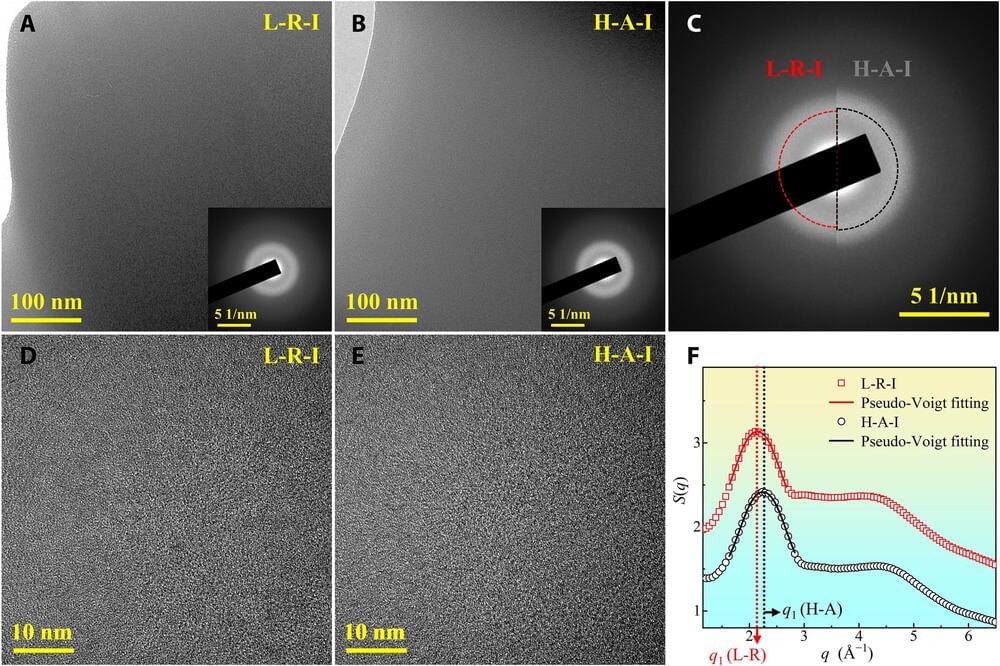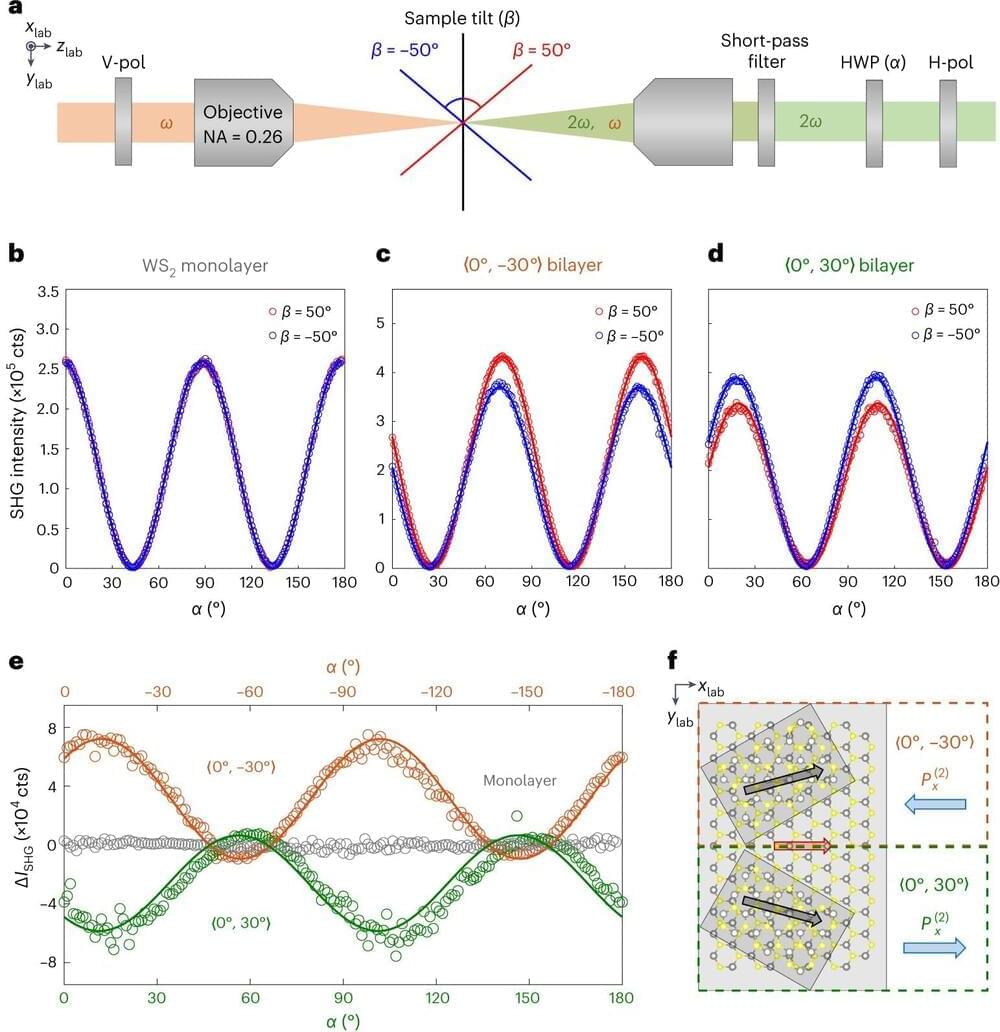Nov 13, 2023
The Illusion of Understanding: MIT Unmasks the Myth of AI’s Formal Specifications
Posted by Saúl Morales Rodriguéz in categories: mathematics, robotics/AI
Some researchers see formal specifications as a way for autonomous systems to “explain themselves” to humans. But a new study finds that we aren’t understanding.
As autonomous systems and artificial intelligence become increasingly common in daily life, new methods are emerging to help humans check that these systems are behaving as expected. One method, called formal specifications, uses mathematical formulas that can be translated into natural-language expressions. Some researchers claim that this method can be used to spell out decisions an AI will make in a way that is interpretable to humans.
Research Findings on Interpretability.


















